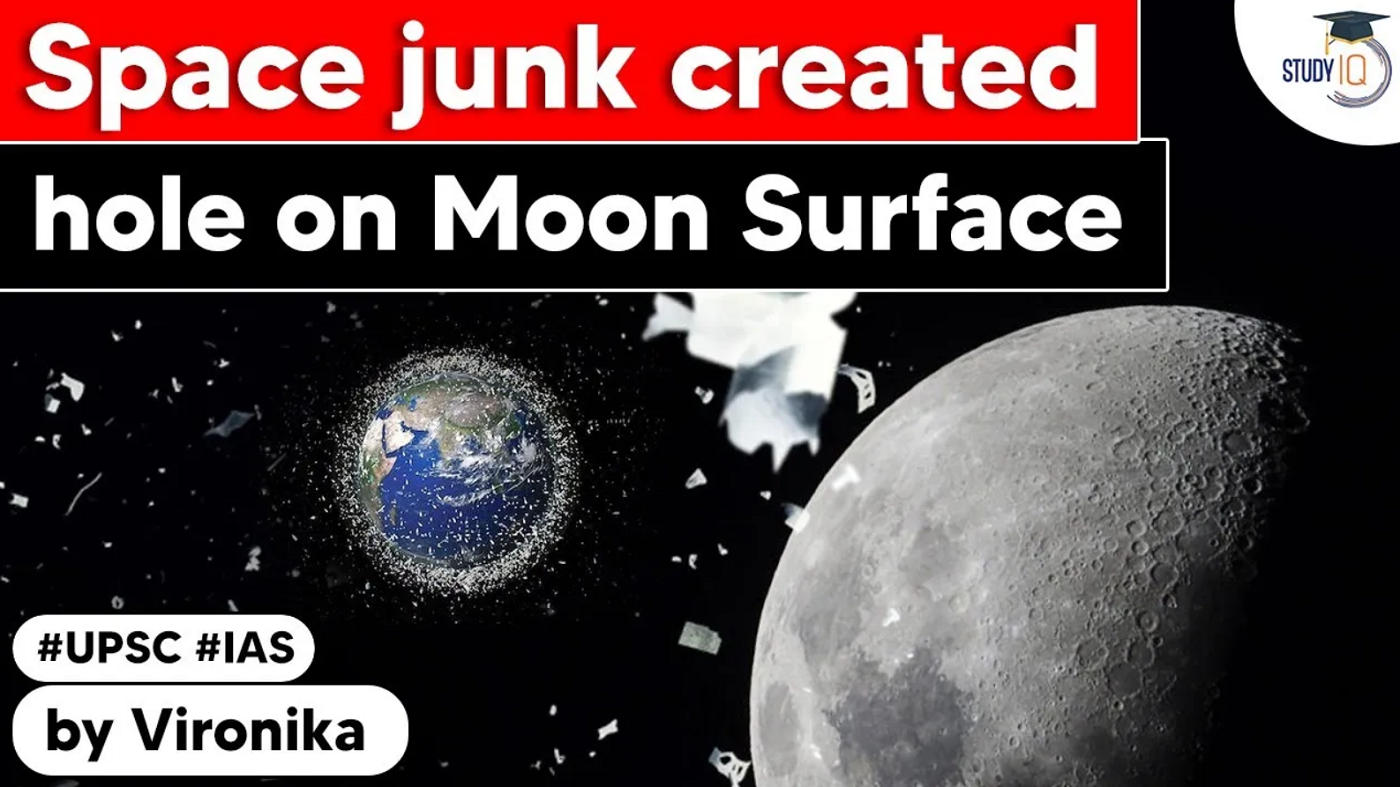Table of Contents
- The Moon has just been walloped by three tonnes of space junk, a punch that would have carved out a crater that could fit several semitrailers, according to scientific estimates.

- The leftover rocket, travelling at 9,300kph, was on course to smash into the far side of the Moon at 11:25pm on Friday (March 4), away from telescopes’ prying eyes.
- It may take weeks, even months, to confirm the impact through satellite images.
- The rocket had been tumbling haphazardly through space, experts believe, since China launched it nearly a decade ago. But Chinese officials are dubious it is theirs.
- No matter whose it is, scientists expect the object would have carved out a hole 10 to 20 metres across and sent Moon dust flying hundreds of kilometres across the barren, pockmarked surface.
- Low-orbiting space junk is relatively easy to track.
- Objects launching deeper into space are unlikely to hit anything and these far-flung pieces are usually soon forgotten, except by a handful of observers who enjoy playing celestial detective on the side.
- Experts warn that that “space junk” could eventually collide with something more critical, such as a satellite that provides essential services, like cellular coverage.
- This is actually the first unintentional case of man-made space junk hitting the moon.
- In 2009, NASA’s Lunar Crater Observation and Sensing Satellite was intentionally fired into the moon’s south pole at 5,600 mph (9,000 km/h), unleashing a plume that enabled scientists to detect the chemical signatures of water ice.
- NASA also disposed of the Apollo programme Saturn V rockets by firing them into the moon.
- The confusion surrounding the object’s identity highlights a real need for space-faring countries and companies everywhere to better track the rockets they send into deep space — not just so they aren’t mistaken for Earth-threatening asteroids but also to keep the space around Earth clean from debris.
What is space junk?
- Space junk, or space debris, is any piece of machinery or debris left by humans in space.
- It can refer to big objects such as dead satellites that have failed or been left in orbit at the end of their mission. It can also refer to smaller things, like bits of debris or paint flecks that have fallen off a rocket.
- Some human-made junk has been left on the Moon, too.
Space junk in numbers
- 2,000 active satellites in Earth’s orbit
- 3,000 dead satellites in Earth’s orbit
- 34,000 pieces of space junk larger than 10 centimetres
- 128 million pieces of space junk larger than 1 millimetre
- One in 10,000: risk of collision that will require debris avoidance manoeuvres
- 25 debris avoidance manoeuvres by the ISS since 1999
Kessler Syndrome and the space debris problem
- The Kessler Syndrome is a phenomenon in which the amount of junk in orbit around Earth reaches a point where it just creates more and more space debris, causing big problems for satellites, astronauts and mission planners.

- The Kessler syndrome is a condition in which any collision between the objects in space is likely to generate a cascade of multiple space collisions in the low Earth orbit (LEO).
- Each further collision would generate more space debris which would then cause further collisions between objects.
- NASA space debris expert Don Kessler observed that, once past a certain critical mass, the total amount of space debris will keep on increasing: collisions give rise to more debris and lead to more collisions, in a chain reaction.
- So Clean Space is seeking not just to cut debris production from future ESA (European Space Agency) missions but to reduce the total mass of current debris, such as the robotic salvage of derelict satellites.
- The task is an urgent one: debris levels have increased 50% in the last five years in low orbit.
Why is this dangerous?
- Every piece of satellite, space probe, and manned mission has the potential to produce space debris.
- A dead satellite doesn t have anywhere to go, so it remains in its orbit (unless the ground staff has other plans for it like deorbiting it).
- Estimates show that there are at least 600,000 pieces of space junk ranging from 1 cm to 10 cm, and on an average one satellite is destroyed/disabled by space debris each year.
- This would lead to the increased generation and distribution of debris in satellite orbit which could render all space activities and space exploration unviable.
- The Kessler syndrome is dangerous because of the domino effect it causes.
Question:
Which of the following phenomena cannot be observed on the surface of the Moon?
- Rising and setting of the Sun
- Solar eclipse
- Motion of comets
- Twinkling of stars























 WhatsApp
WhatsApp